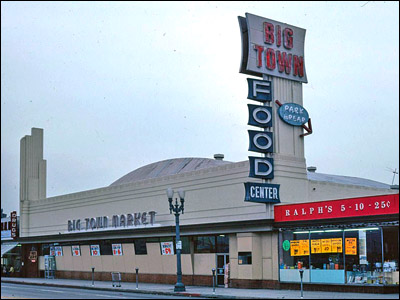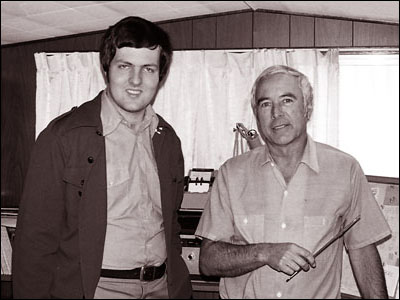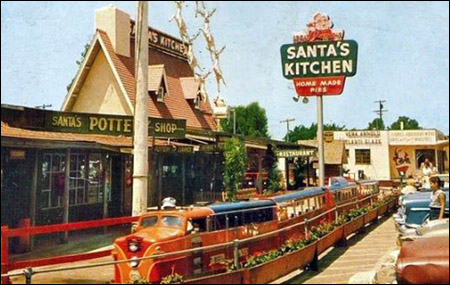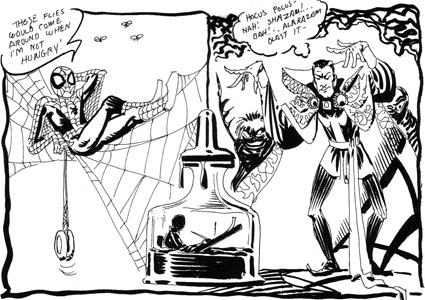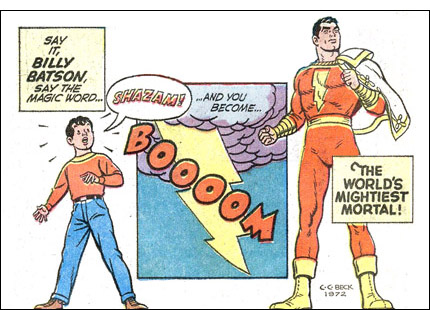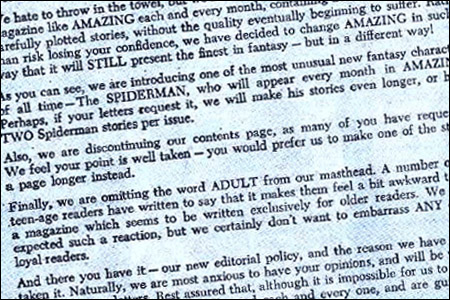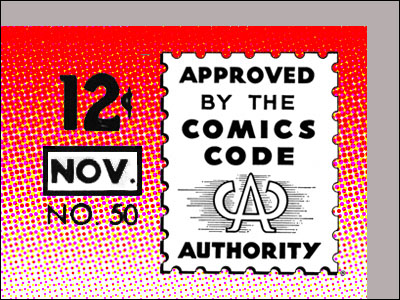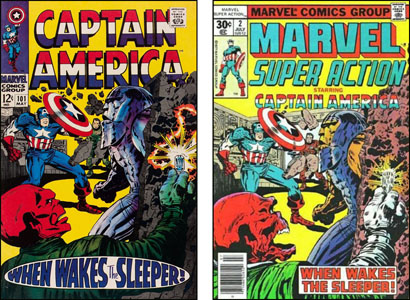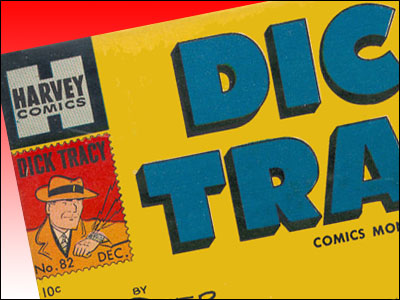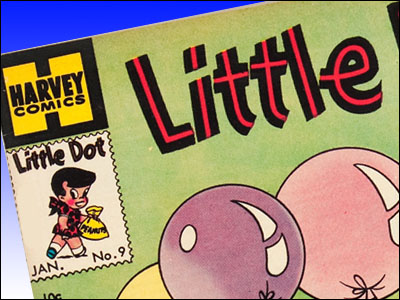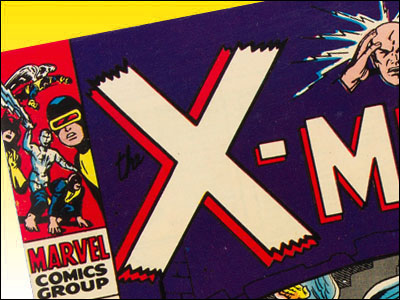This is a rerun of an item that first ran on this blog on September 27, 2003. It's about two pilots that were done in the seventies that attempted to turn the Archie comic books into an hour-long live-action prime-time TV series. I was peripherally involved as they were done by the company for which I was writing Welcome Back, Kotter.
Contrary to what has been reported elsewhere, I was not a writer on either, though I turned down an offer to work on the second. I was an unbilled consultant on the first. What happened was that the Komack Company had obtained the rights to do these special-pilots and Jimmie Komack had this odd notion of how to approach doing an adaptation of an existing property. His view was that it should be done by writers and producers who were completely unfamiliar with the source material so their minds were uncluttered by what had been done before.
While I was working there, he also did a pilot that brought back the not-dissimilar character of Dobie Gillis. Dobie's creator Max Shulman had co-written a pilot script for the revival — a real good one, I thought, that updated the property but still captured what was great about the old series. ABC assigned the project to Komack's company and Komack used the Shulman script to attract the necessary actors from the original version — Dwayne Hickman, Bob Denver, Frank Faylen and Sheila James. Then, once they were committed, he tossed out the Shulman script and had a new one written by two writers who'd never seen the original show. (If you think I'm making this up, read Dwayne Hickman's autobiography.)
Jimmie took a similar approach to turning Archie into a TV show. The creative staff he engaged were not totally unfamiliar with the property but he urged them not to read the old comics and to instead work from a rough outline someone had written about who they were. This did not sit well with John Goldwater, who ran and co-owned the Archie company and who regarded himself as the creator of the feature. One day, Komack called me in and said, "You know all about comic books, don't you?" I said I did. He said, "Archie Comics?" I said I did. Later that day, he brought me into a meeting with Mr. Goldwater, who was visiting from New York, and introduced me as his resident Archie expert and consultant.
The meeting went roughly like this. I was introduced to Mr. Goldwater and I managed to get in that I'd written many comic books and that I'd apprenticed with Jack Kirby. Mr. Goldwater was impressed at the mention of Jack, who'd worked for his company a few times. We spoke for a few minutes and somehow, I managed to wedge in a nice nugget of trivia. Kotter was sharing a stage then with a new ABC sitcom called Fish, a spin-off of Barney Miller starring Abe Vigoda. I mentioned that Abe Vigoda's brother Bill Vigoda had been a top artist for Archie. "Is that true?" Jimmie asked. Goldwater nodded it was true…and since he was impressed that I knew a lot about Archie Comics, Jimmie decided to quit while he was ahead and send me back to work. So I never got to talk much with John Goldwater. Later, Jimmie did consult with me on a number of points including some of the final casting. But I didn't write on the shows, nor was I credited on them. Here's the interesting (I think) story I posted here about them in 2003…
![]()
Okay, I promised this story. But first, let me note that Gary DeJong did some research and unearthed the info that the first of the two Archie pilots done in 1976-1977 aired on December 19. 1976 and starred Audrey Landers as Betty, Hilary Thompson as Veronica, Mark Winkworth as Reggie, Derrel Maury as Jughead, Jane Lambert as Miss Grundy, Susan Blu as Midge, Jim Boelson as Moose, Whit Bissell as Mr. Lodge, Michelle Stacy as Little Jinx, Tifni Twitchell as Big Ethel and Amzie Strickland as Mrs. Lodge. Byron Webster played Mr. Weatherbee and Gordon Jump (whose passing started this discussion) played Archie's father. In other words, referencing the earlier anecdote, Gordon Jump came in to audition for Mr. Weatherbee and got the part…then, since the producers couldn't properly cast the role of Archie's father, they moved Jump to that slot and put their second-choice in as Mr. Weatherbee. As I recall, the role of Archie's father was much larger than the role of Mr. Weatherbee so that may explain the decision.
Who played the title role of Archie Andrews? Well, that's the story I wanted to tell. After extensive auditions and screen tests, they picked a young man with brilliant red hair but no real acting experience, at least on television. Somehow, things didn't work out. I never heard exactly what happened but suddenly, the role of Archie was being played by the producers' second choice, an actor named Dennis Bowen who had appeared a few times on Welcome Back, Kotter. (Kotter was produced by the same company. Dennis played the recurring role of Todd Ludlow, an honors student who sometimes heckled the Sweathogs.)
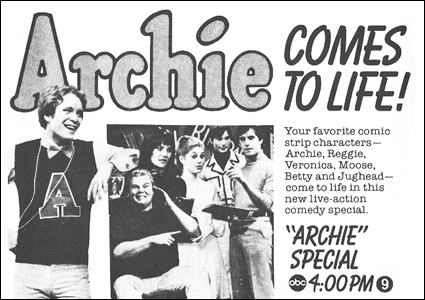
The Archie pilot was an odd mix of sitcom and variety show. It was an hour in length and there were blackouts and little, self-contained storylines of about ten minutes each. Between these, the focus would shift to a rather generic rock band that played bubble-gum style music. The whole thing was being targeted for the 7:00 Sunday evening slot and I recall a lot of argument over how many scenes there could be of Betty, Veronica and a number of good-looking female extras in swimwear and sleepwear. The writers had scripted a number of quick jokes at a swimming pool, and one of the short stories involved the boys crashing a slumber party that Veronica was throwing at the Lodge mansion. Both had been planned expressly to get the ladies into scanty outfits, which the ABC programming department encouraged. At the same time, their Standards and Practices folks ran around demanding less-revealing bikinis and nighties. Some of the best jokes in the show wound up being cut because the girls were showing a half-inch too much of their physiques.
The mix of sitcom and sketches didn't quite work. There was a second pilot with the same cast and pretty much the same idea and it didn't work, either. As I recall, the main change from the first one was that they replaced the generic rock band with one comprised of Archie, Betty, Jughead, etc. Danny "Neil's brother" Simon was the head writer on this try.
Anyway, the great story, the one I wanted to get to, was what happened because they replaced Archies in the first pilot. Somehow, the ABC publicity department never got the word and all the p.r. they issued for the show contained the name of the first actor, the one who was replaced during rehearsals. Poor Dennis Bowen had to endure publicity photos that displayed his face but identified him as the first guy. A few years ago when the Archie comic book folks published a book on the character's history, they said the first guy had played the role.
What happened to that first redheaded guy? Well, he eventually got a TV series, then he left it and made some movies. Now, he's back with another TV series. Can you guess who it is?



